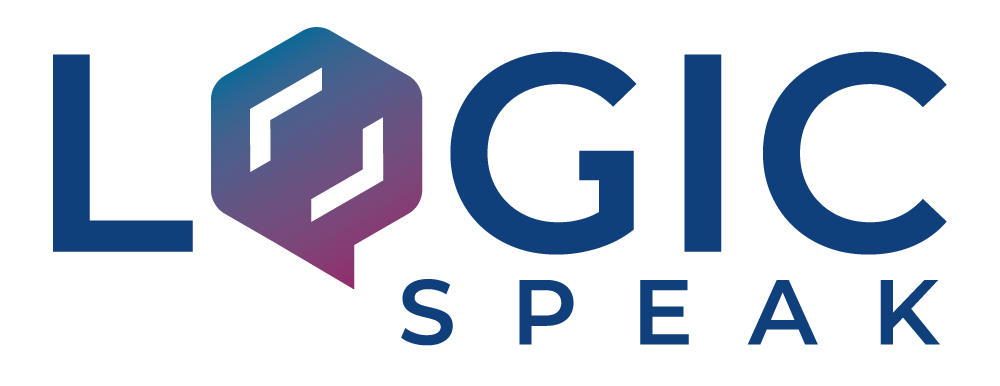In a previous blog, we discussed why it is beneficial to implement your Microsoft Teams collaboration information infrastructure and processes in a way that maximizes productivity for your small or medium-sized business (SMB) rather than reinforcing the processes you have been using for years. Some argue that this will create resistance from your employees instead of encouraging adoption. If you have made an investment, “ripping off the band-aid” is the most effective way to create lasting change and get the most out of your new technology. Accepting piecemeal or partial adoption will make it harder in the long run and will likely result in employees going back to their old ways.

Effective, targeted, and required training is an important aspect of investing in any new technology and will help your organization create buy-in and adoption from your employees.
In the past, companies wishing to implement change approached training as one-size-fits-all—forcing employees to learn in the way the trainer wanted to teach the information. The old practice of knowledge transfer from trainer to learner in a room set up in a classroom is fine, but it rarely translates to new behaviors when people go back to their desks.
Stay Connected!
Get the latest IT trends and best practices in your inbox.
Recently, companies successfully implementing change have done so by recognizing that people learn differently and then providing them with training in whatever form works best for them. There is value in training your employee how they like to learn—whether it’s traditional knowledge transfer, through on-line or computer-tools, hands-on, and more. The beauty of a comprehensive collaboration solution like Microsoft Teams is that the tools themselves can be used to provide the training in different ways—whether one-on-one through video conferencing and chat, smaller department or project team trainings, large-scale webinars, and more. It also saves you money because you don’t have to pay for a management training system, which is out of reach for most organizations.
But the style of training is not the only variable that contributes to successful change implementation. There is a huge difference between training on how to navigate technology and understanding a new business process that is made possible by the technology. Providing your employees with training that is problem-centered can help illustrate how using the new tools will make their days better and easier. This can help increase buy-in and adoption.
At Logic Speak, we understand that just training on the features and functions of Microsoft Teams tools is not enough. It won’t help your employees understand how to use the tools in an integrated way, rather than in a silo. We know that the best way to provide problem-centered training is to first identify your business use cases for the tools. That’s why we work with you to determine what problems you want to solve. Perhaps you want to reduce the use of email and instead use chat or video conference. Maybe instead of sending around an email with an attachment for review and comment for important projects such as RFPs or contracts, you have decided to build a business process utilizing SharePoint, project teams, and To DO lists. Logic Speak works with your organization to help you identify the use cases for your business. Then we show you how to utilize Microsoft Teams as part of new business processes that will enable you to accomplish these use cases effectively. And finally, we help you train your teams in these new processes in a way that is meaningful to them.
Technology can be a mess. Let us take it off your hands, so you can do what you do best in running your company. Fill out the form on this page to schedule time with us.

Recent Comments